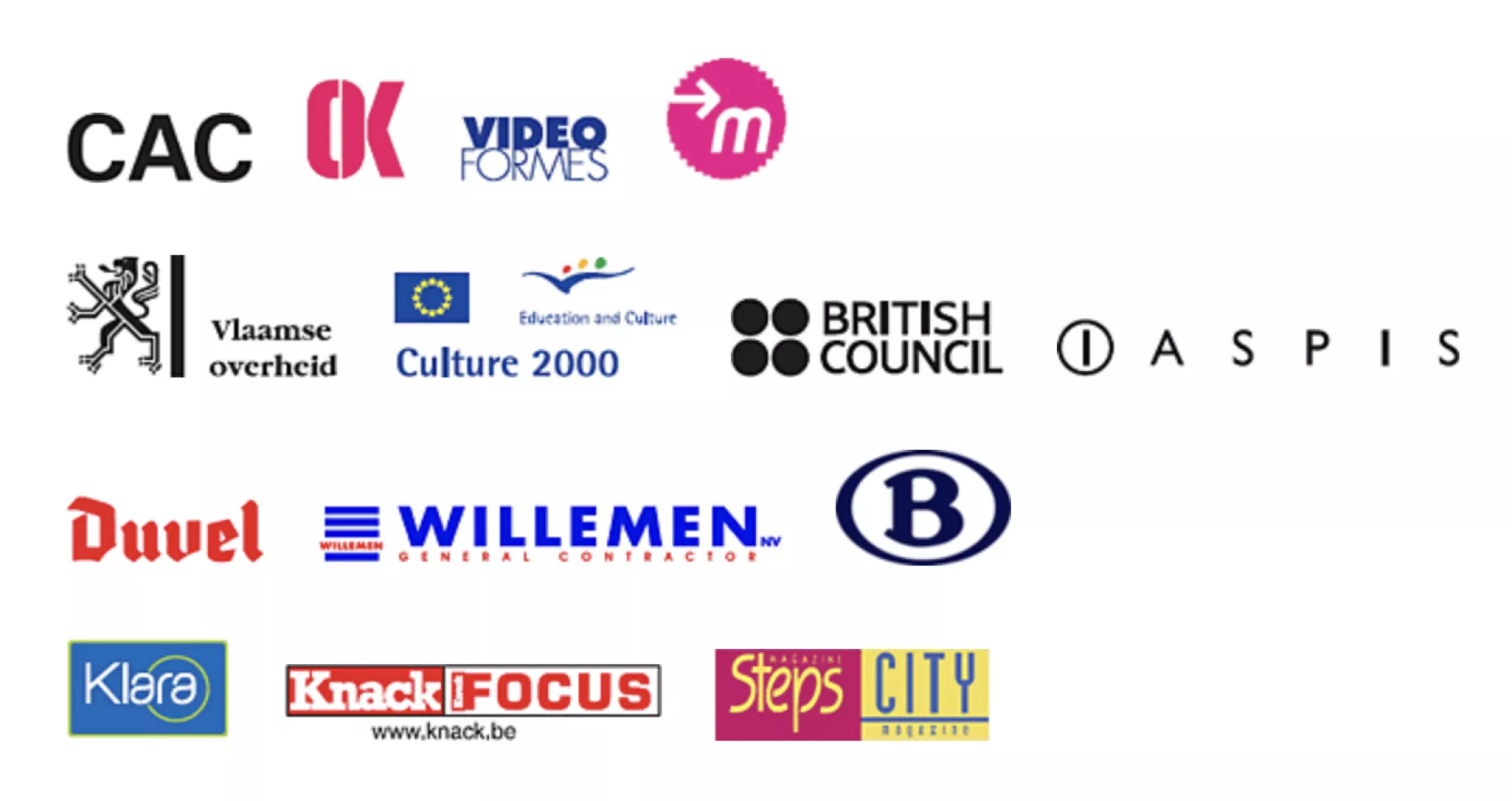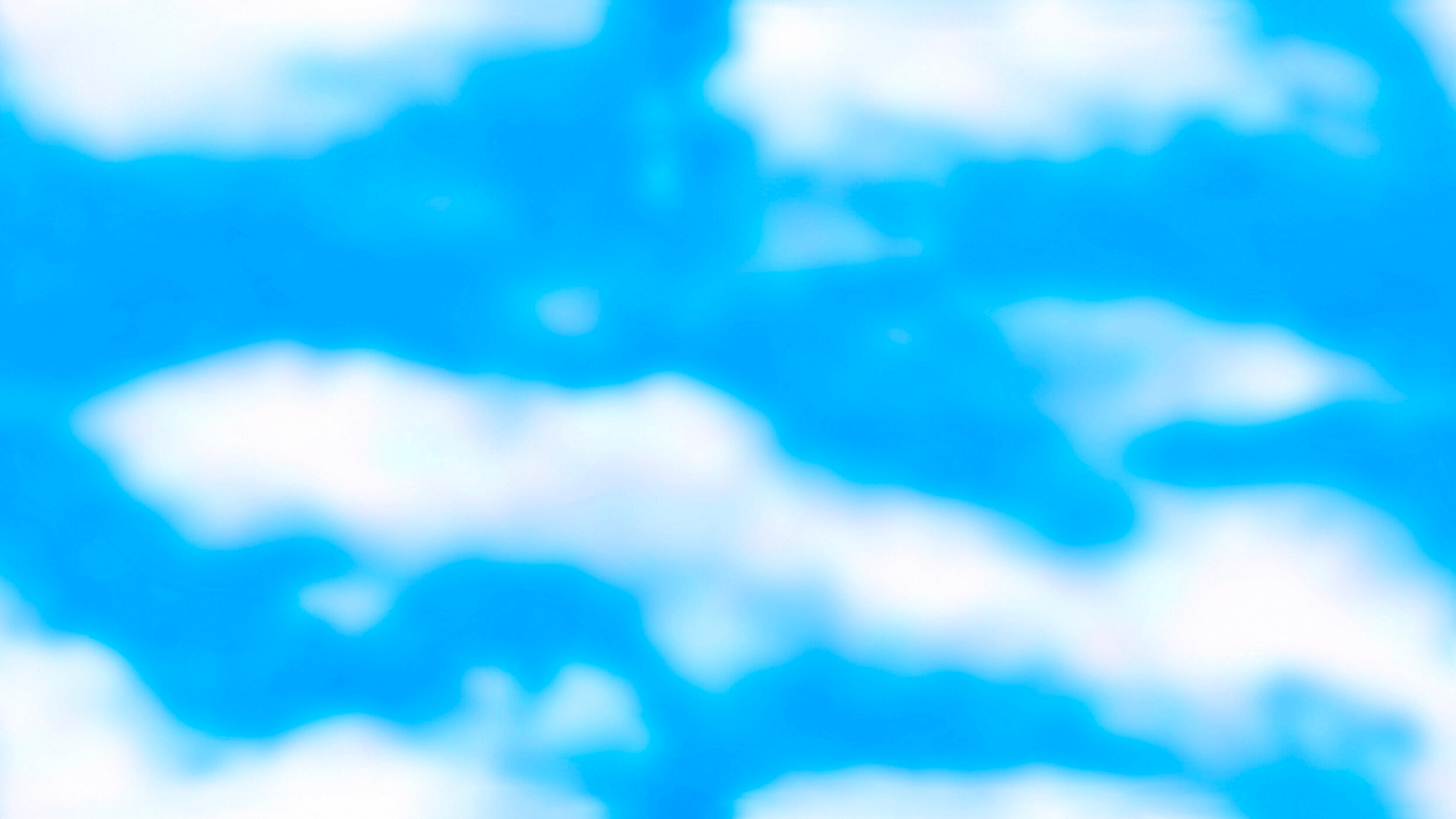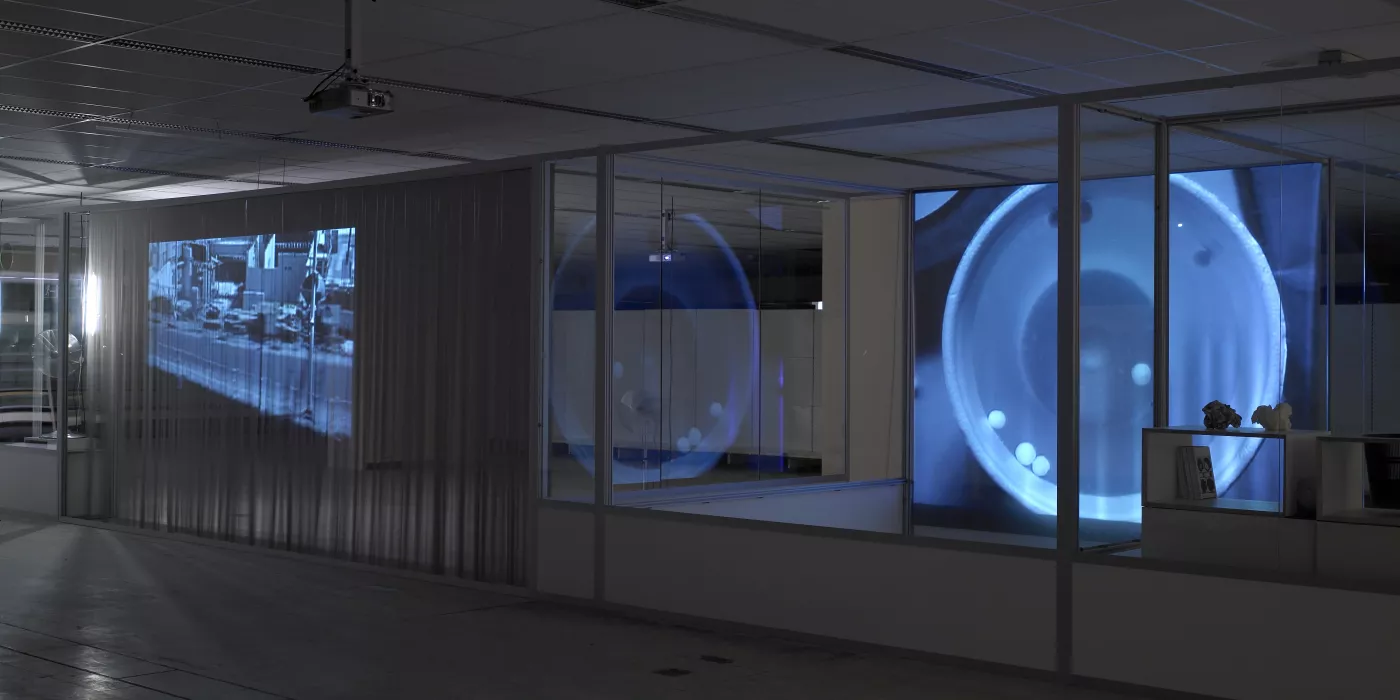Contour 2007
DECODER
Contour 2007, the third biennial for video art, titled Decoder, explored how perceptual and rhetorical mechanisms shape our understanding of the world. The exhibition analyzed contemporary lens-based media practices, questioning how socio-political issues are consumed and debated through visuals. Rather than being explicitly political, it examined the ways we engage with political concerns in contemporary art. Held throughout Mechelen, the citywide event used both historical and contemporary sites, offering the public an immersive, experiential engagement with video art that challenged conventional viewing practices.
Curator: Nav Haq
Graphic design: Sara De Bondt
Architecture: BARAK / Carl Bourgeois and Tijl Vanmeirhaeghe
Artists: Aline Bouvy, John Gillis, Gerard Byrne, Neil Cummings, Marysia Lewandowska, Omer Fast, Cao Guimarães, Carsten Höller, Saskia Holmkvist, Hassan Khan, Tsui Kuang-Yu, Gabriel Lester, Deimantas Narkevicius, Rosalind Nashashibi, Nashashibi / Skaer, Cédric Noël, Gert Robijns, Supersober (Bohdan Stehlik / Una Szeemann), Sarah Vanagt
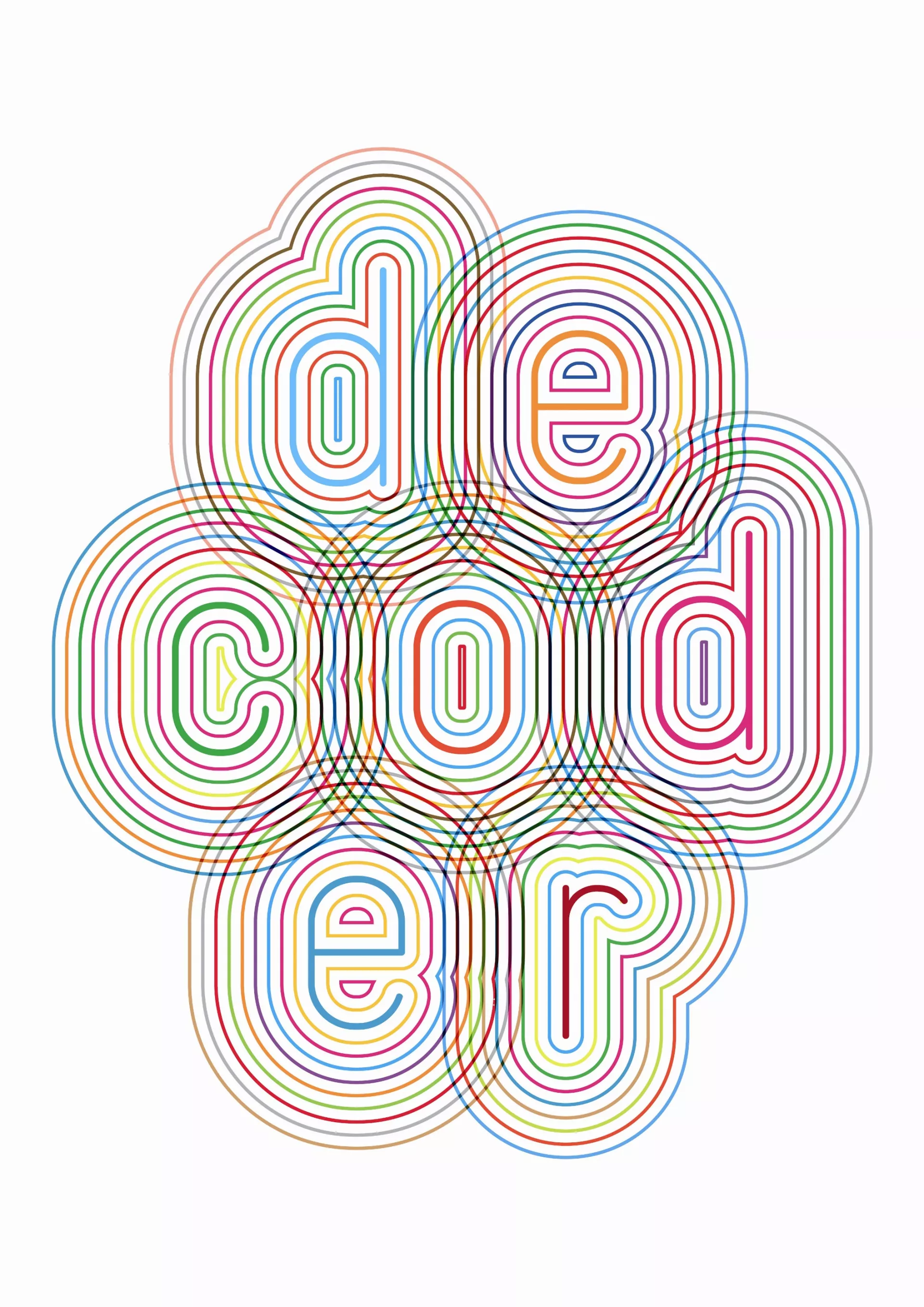
LOCATIONS
DE GARAGE
Cao Guimarães, one of Brazil’s most prolific artists, blends film, video, and documentary to explore the relationship between art and sociology. His works often focus on individuals and small interventions in daily life, revealing beauty in the ordinary. For Contour 2007, Guimarães presents three pieces: Sin Peso (Weightless) (2006), which captures colorful market stall awnings in Mexico; From the Window of my Room (2004), showing the playful relationship between two children; and Around the World in a Few Pages (2002), which critiques Eurocentric perspectives by dispersing a world map in library books.
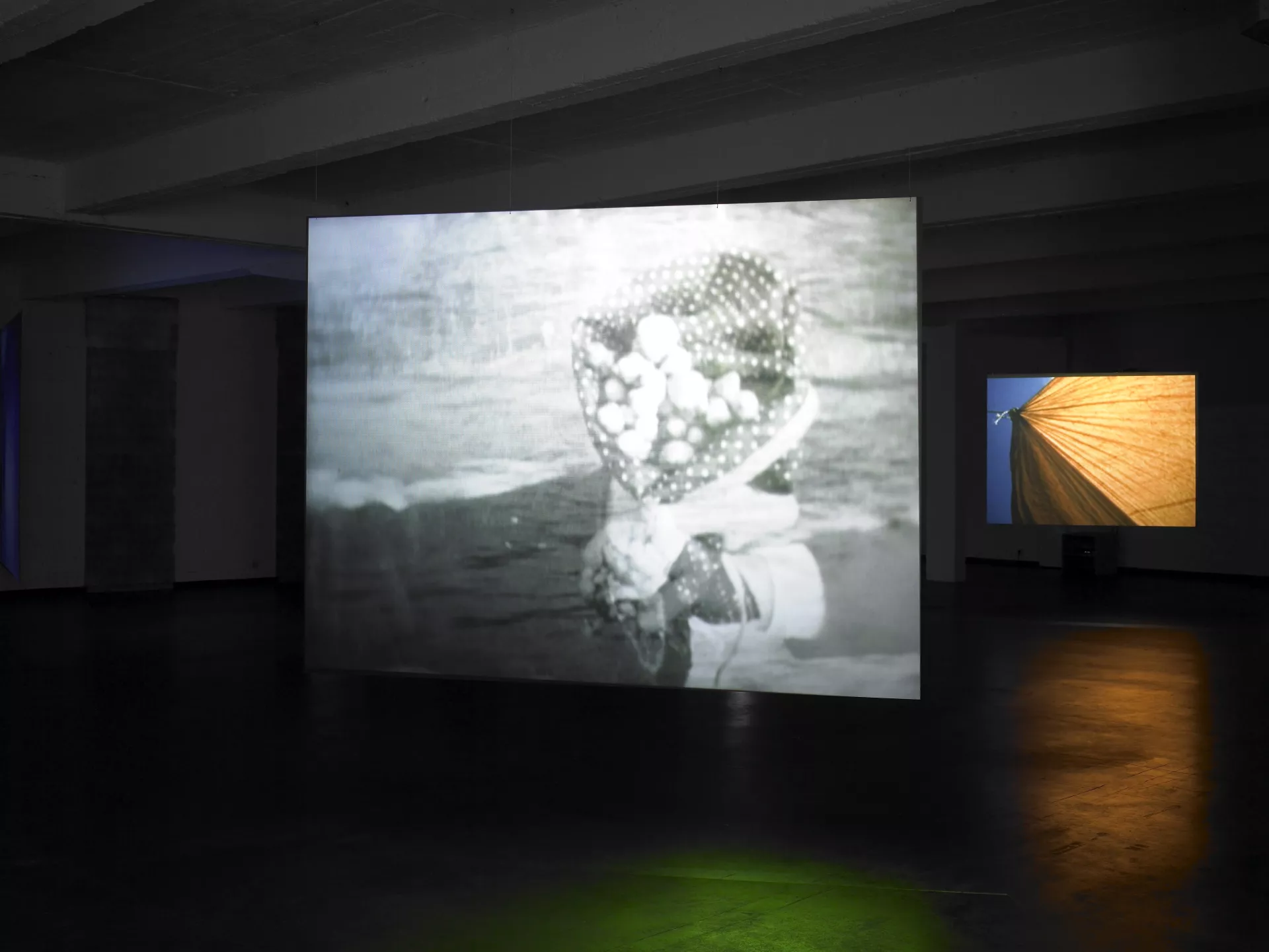
CJOUR
Aline Bouvy and John Gillis create multi-faceted work addressing the future and the human condition through sculpture, video, painting, and installation. Their exhibitions are visually striking, often with a retro sci-fi feel that blends a distant, pagan past with futuristic themes. Their 2007 piece Venusia depicts a post-technological world using an animated collage of fashion magazines. Influenced by Serge Lutens, the work juxtaposes beauty, sex, and death, portraying models' bodies as corpses in a celebration of both elegance and decay, blending mysticism with macabre imagery.
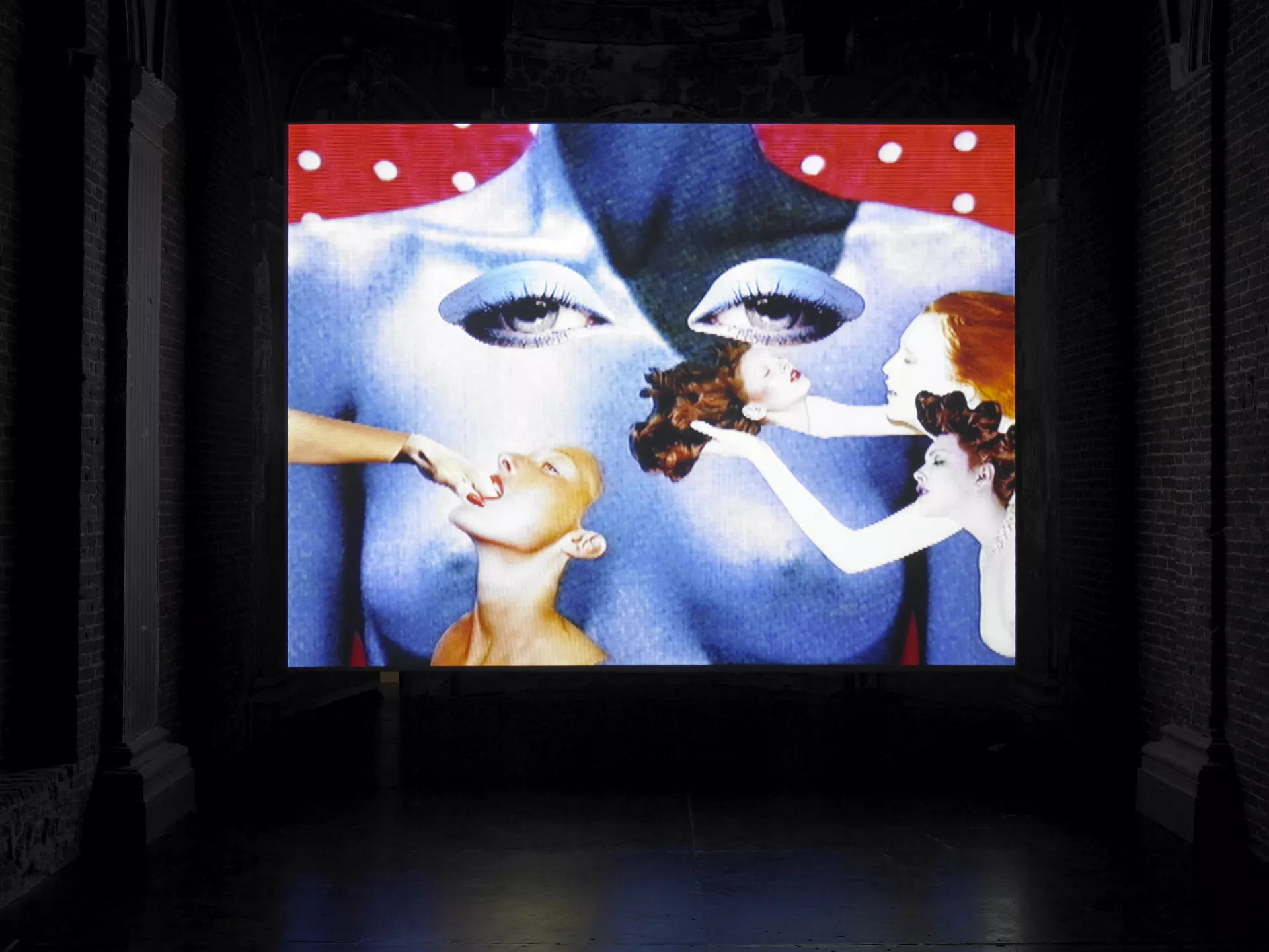
GROTE MARKT
Tsui Kuang-Yu, both director and subject, explores the body’s interaction with urban environments through absurd, repetitive acts. His works examine the limitations and possibilities of the body, highlighting the habitual activities we take for granted. In The Shortcut to the Systematic Life (2002) and Eighteen Copper Guardians in Shao-Lin Temple and Penetration (2001), Kuang-Yu uses mimicry and adaptation to satirize mysticism and explore psychological initiations, presenting simple, seemingly pointless acts that reveal deeper reflections on our daily processes and perceptions of the built environment.
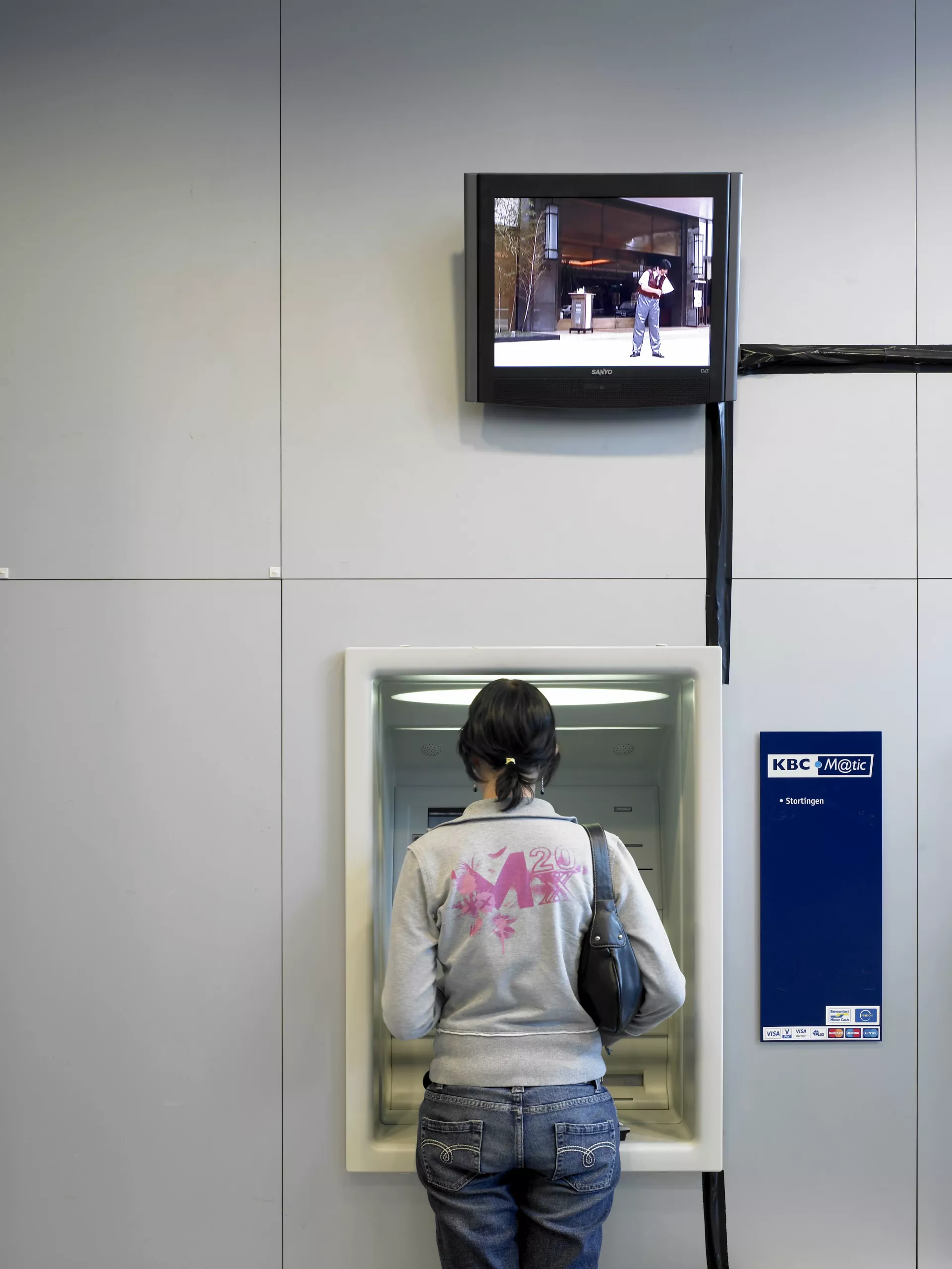
PASTORAAL CENTRUM
Gabriel Lester's work explores the construction of cinematic and theatrical experiences, focusing on how language and codes shape viewers' expectations. His video and film works challenge the viewer's role, investigating the rhetoric and devices that mediate perception. For Contour 2007, he created a film entitled Nightshade (2007) that examines the overture as a preconditioning tool in cinema, specifically its use in film noir. With a special score by Lester, the work highlights how overtures set emotional tones, guiding viewers through different emotional experiences within the cinematic narrative.
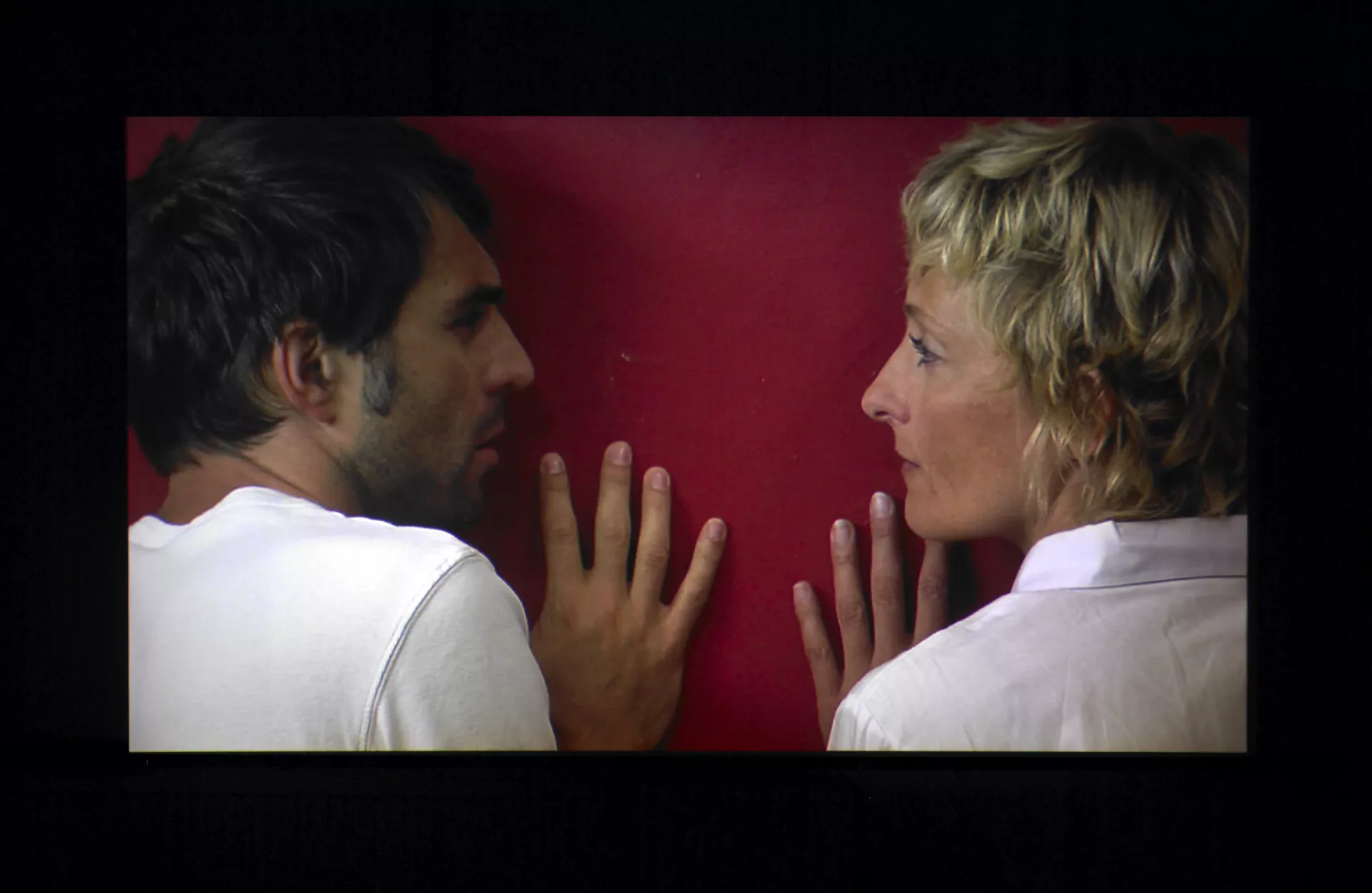
INSTITUTE FOR ARTS & CRAFTS
Saskia Holmkvist’s work explores how documentary and information mediums can manipulate collective understanding. Her short videos not only document but also reveal the mechanisms shaping social, political, and cultural perceptions. In Interview with Saskia Holmkvist (2005), the artist participates in a self-reflexive interview conducted by a media expert who trains her to speak with authority and sincerity. The process is transparent, highlighting the art institution’s use of PR and marketing, and questioning the idea that such institutions remain ideologically independent from these influences.
De Grote Boodschap (2007) by Omer Fast is filmed in Mechelen and follows paired Flemish characters trapped in a time-warp. These individuals — such as a stewardess with her unemployed husband and an old junkie with her caregiver — struggle to understand their situations as they face a conflict with time. The camera's movement and interactions between characters create tension, resulting in a narrative that ranges from humorous to profound. The story explores themes of confusion and conflict with time, creating an unsettling, dynamic atmosphere.
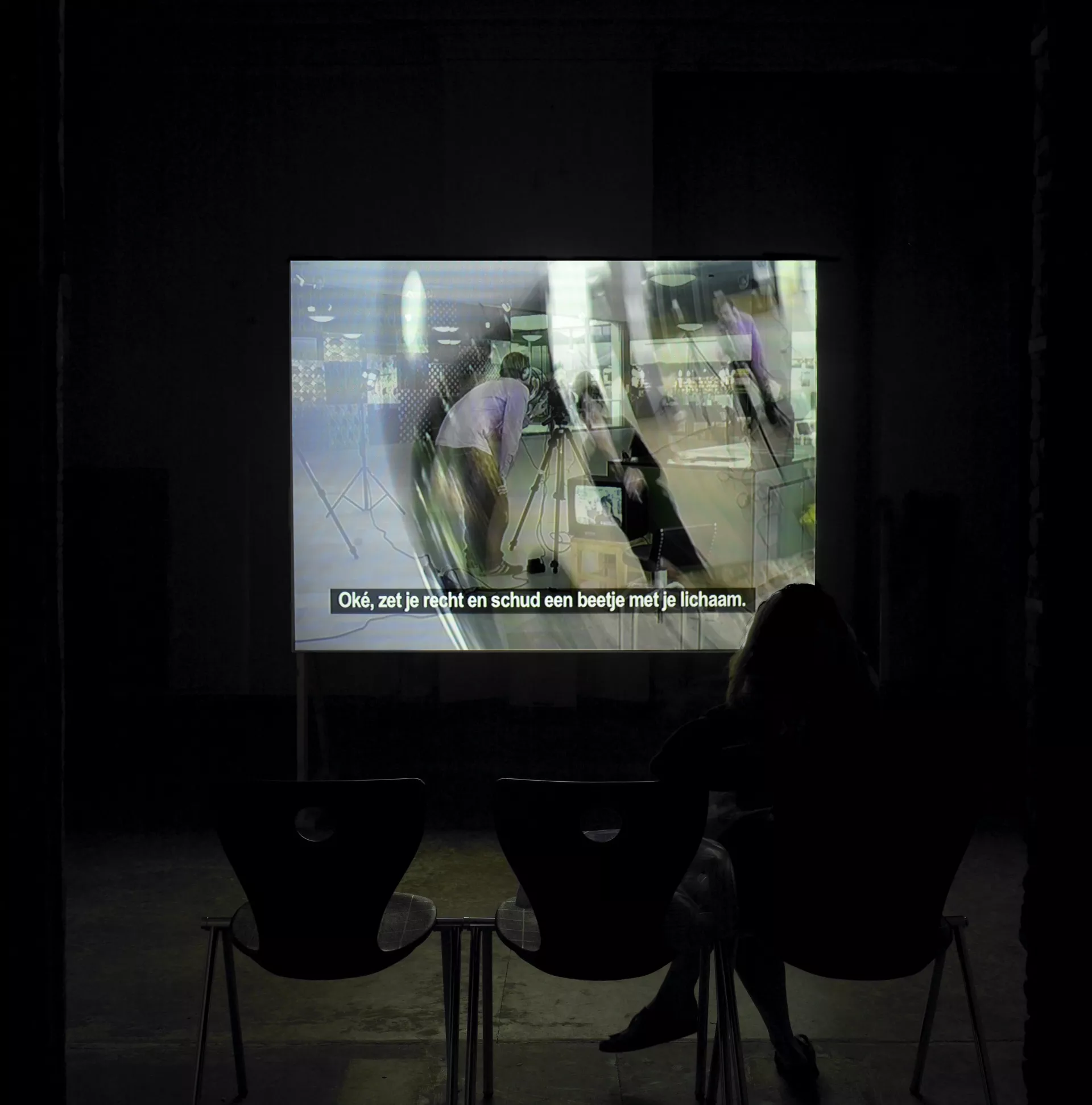

BASILICA OF OUR LADY OF HANSWIJK
Gerard Byrne's work explores representational conventions, historicization, and mythologizing cultural figures through re-enactments of interviews and conversations from the 60s and 70s. His video works often focus on cultural topics, such as those discussed in Playboy magazine, translating text into embodied performances. In his recent work 1984 and Beyond (2005-06), Byrne recreates a 1963 discussion between science-fiction authors like Isaac Asimov, filmed with Dutch actors at modernist architectural locations. The installation also includes ambiguous black-and-white photographs, reflecting on modernist visions of the future and societal development fantasies.
Hassan Khan's work spans video installations, text, music, and performances, often addressing personal experiences in urban environments and their underlying societal structures. For Contour 2007, Khan revisits footage from an unfinished expressionist film, exploring the work's dramatic gestures and the actors' intense improvisation. Host (2007) contrasts emotional depth with shifting color and a hard, brittle soundtrack, offering a new perspective on the work and its exploration of drama, symbolism, and personal association.
Deimantas Narkevicius’ films explore memory, history, and their representation in collective consciousness, often through documentary, interviews, and archival footage. His recent work Revisiting Solaris (2007) recasts actor Donatas Banionis, over forty years after his role in Tarkovsky's Solaris. The film reflects on the last chapter of Stanislaw Lem's novel, omitted from the original movie, shot on the Crimean coast. Narkevicius engages with Banionis, adding personal reflection to the cinematic and philosophical exploration of memory and history.
Rosalind Nashashibi and Lucy Skaer, both established artists, occasionally collaborate on works. Their piece Flash in the Metropolitan (2006) was created during a visit to New York's Metropolitan Museum. Filmed at night, the video uses a flashing light to momentarily reveal objects and artefacts in the museum's Near Eastern, African, and Oceanic Arts department. In the darkness, these artefacts appear animated and defy their usual classifications, inviting viewers to imagine new possibilities for their existence and challenging conventional museum presentation.
Supersober (Bohdan Stehlik / Una Szeemann) explores mythologies and fantasies through a playful, wry lens, using video, sculpture, photography, and sound. Their work reinterprets Hollywood cinema elements with minimal resources. Faded Majesty (2007) depicts a surreal, poetic landscape of white, blue-eyed deer wandering deserted European cities and military sites, symbolizing the decline of Western civilization and its aging values. The work blends romance and absurdity, presenting a fantastical meditation on the collapse of modern myths.
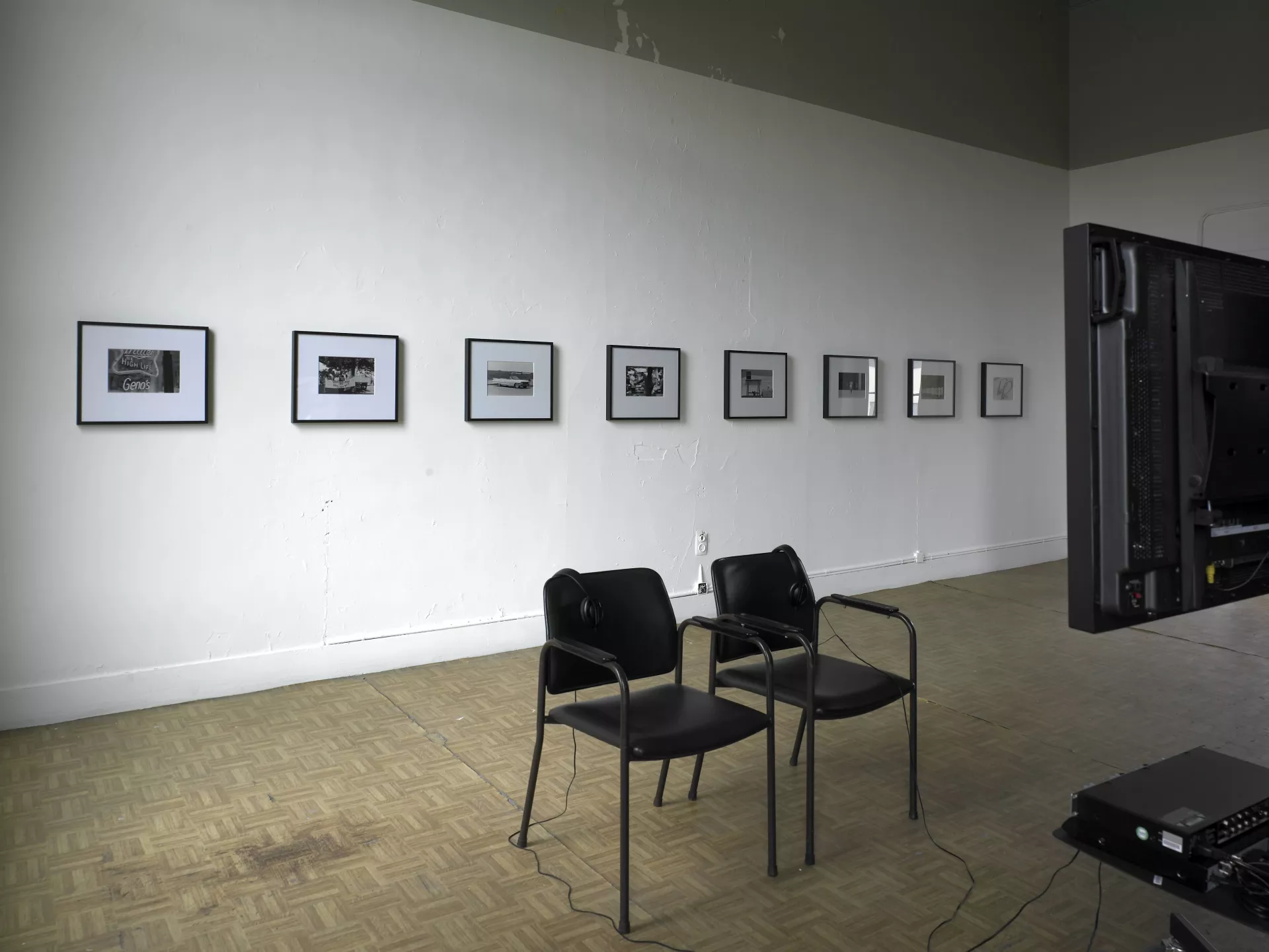
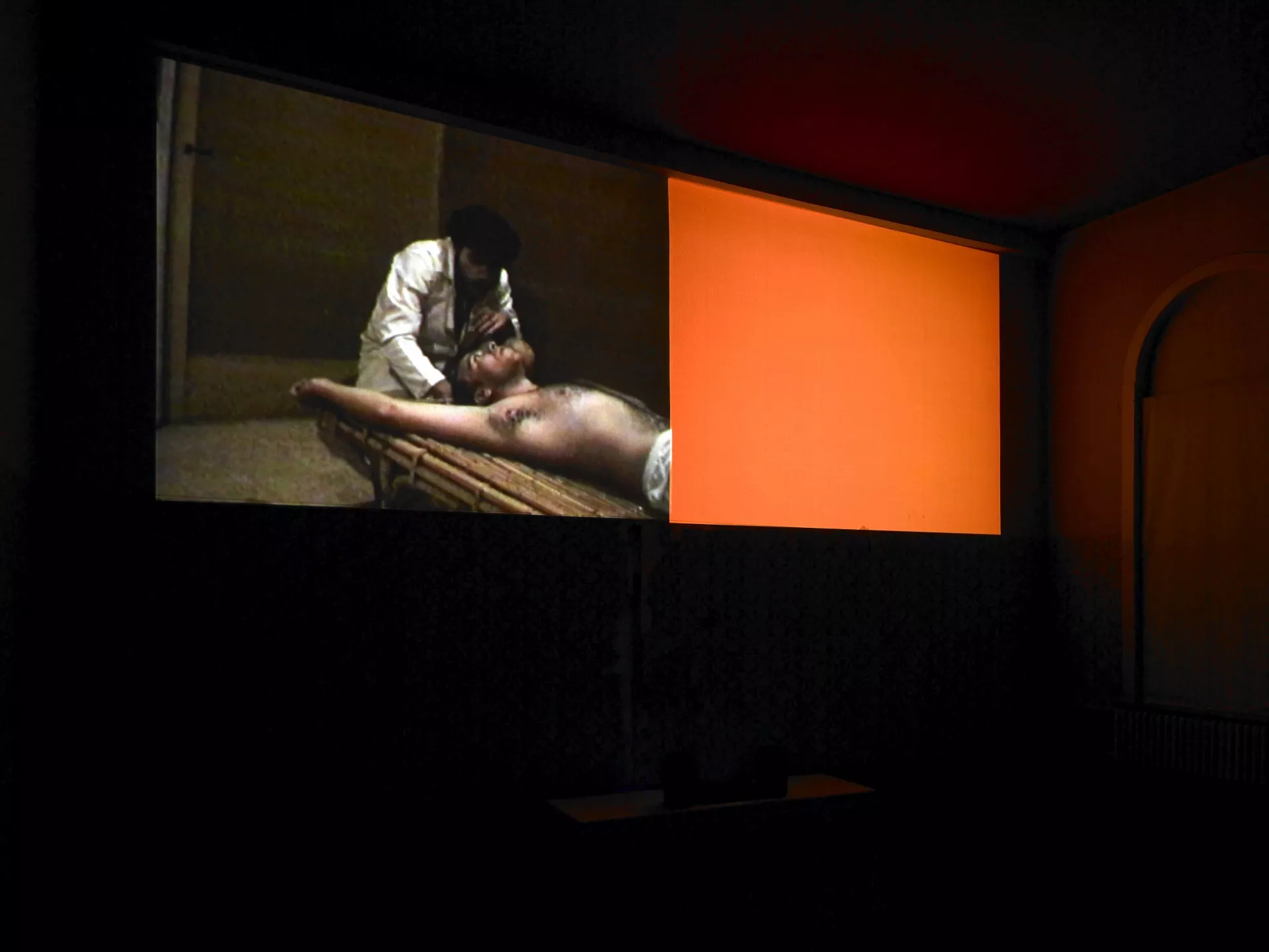
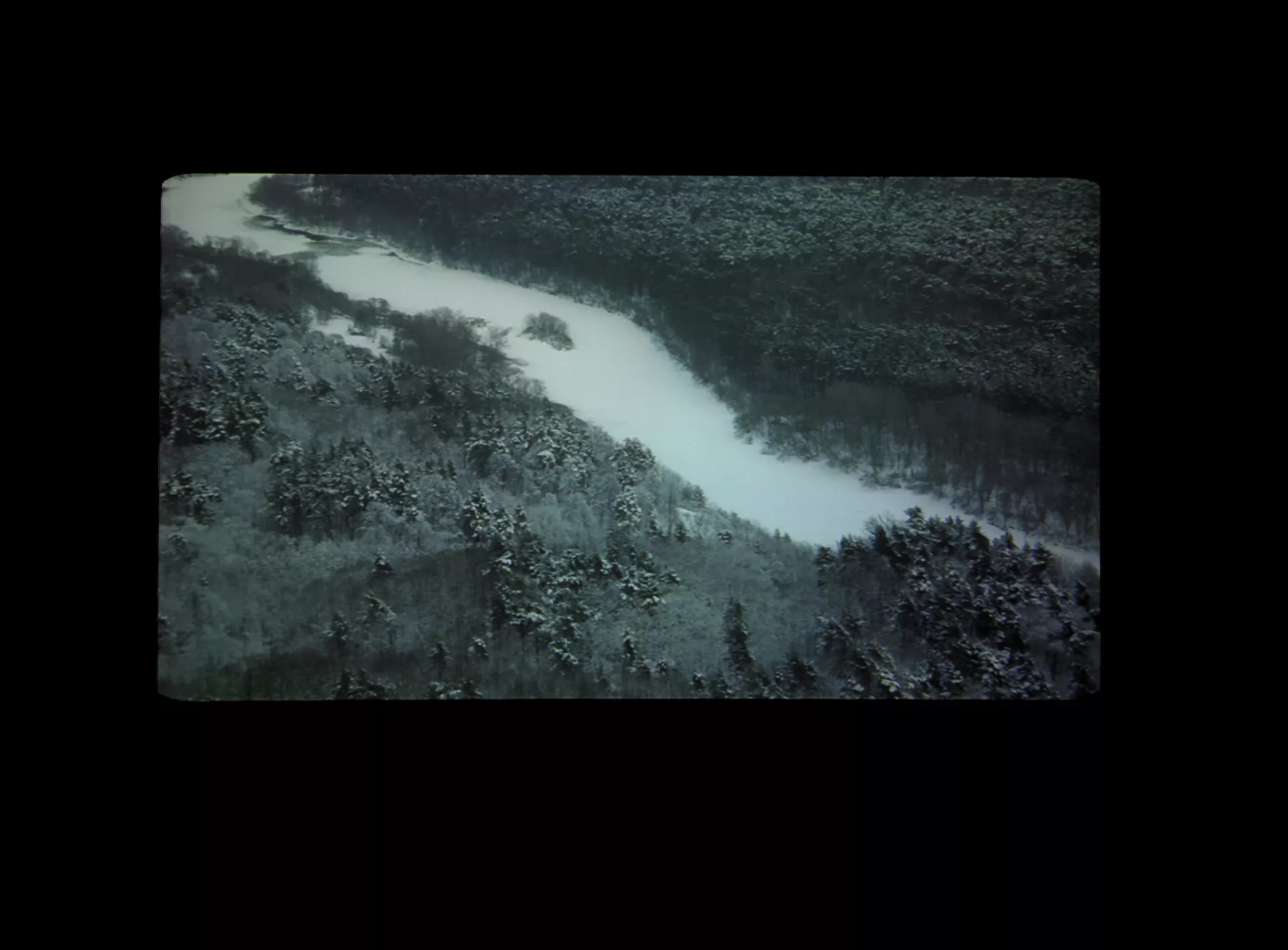
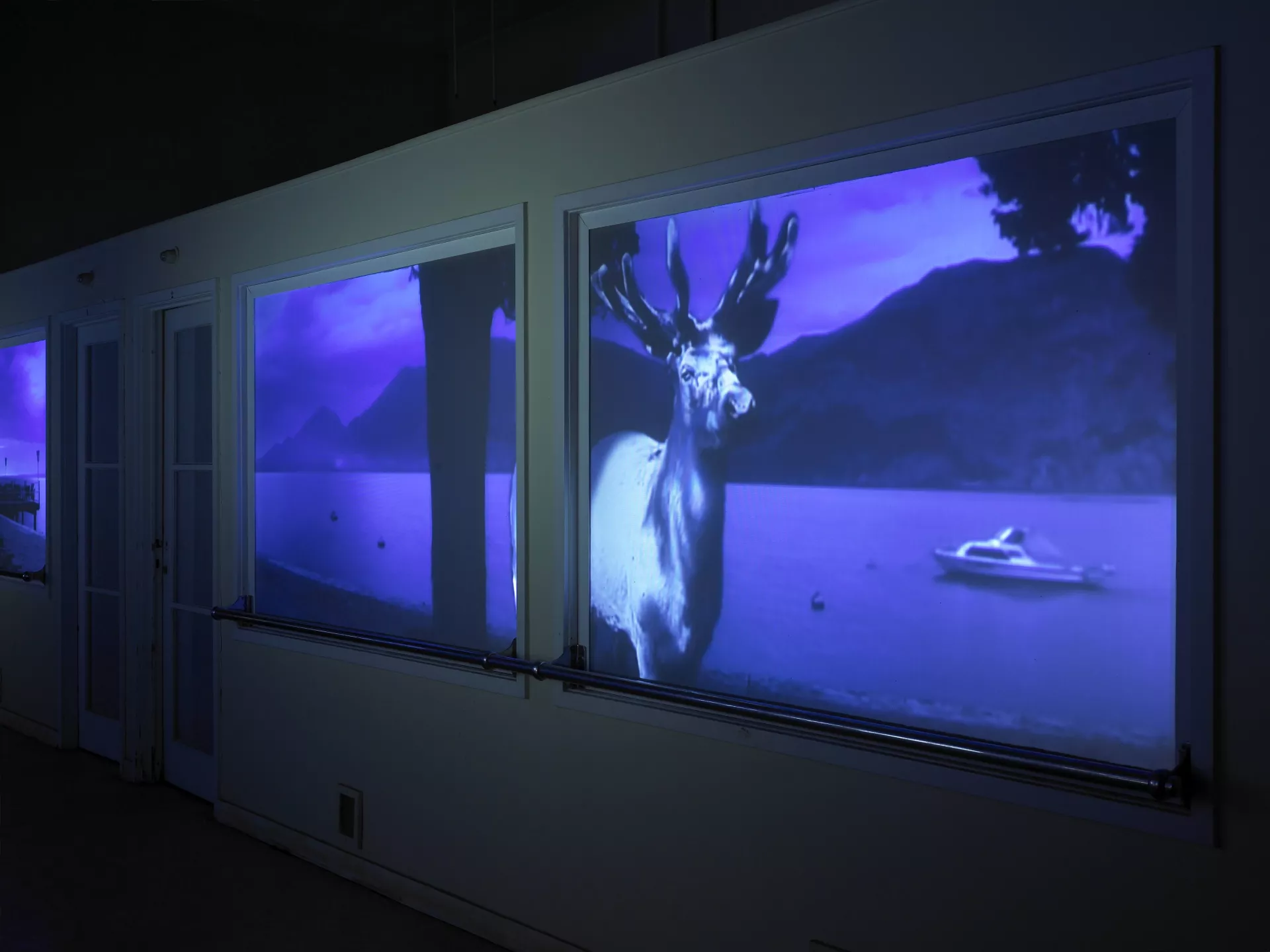
COURT OF JUSTICE
Cédric Noël is known for his disorienting video installations that present puzzling scenarios. His works often feature individuals recounting ambiguous events with contradictory details, challenging viewers' perception of reality. For Ein Reich (2007), Noël created a multi-screen installation in which speakers from different cities recount experiences in various languages, suggesting a hidden connection between them. The work, inspired by fan-fiction exploring alternative histories, presents a fictional, sinister present.
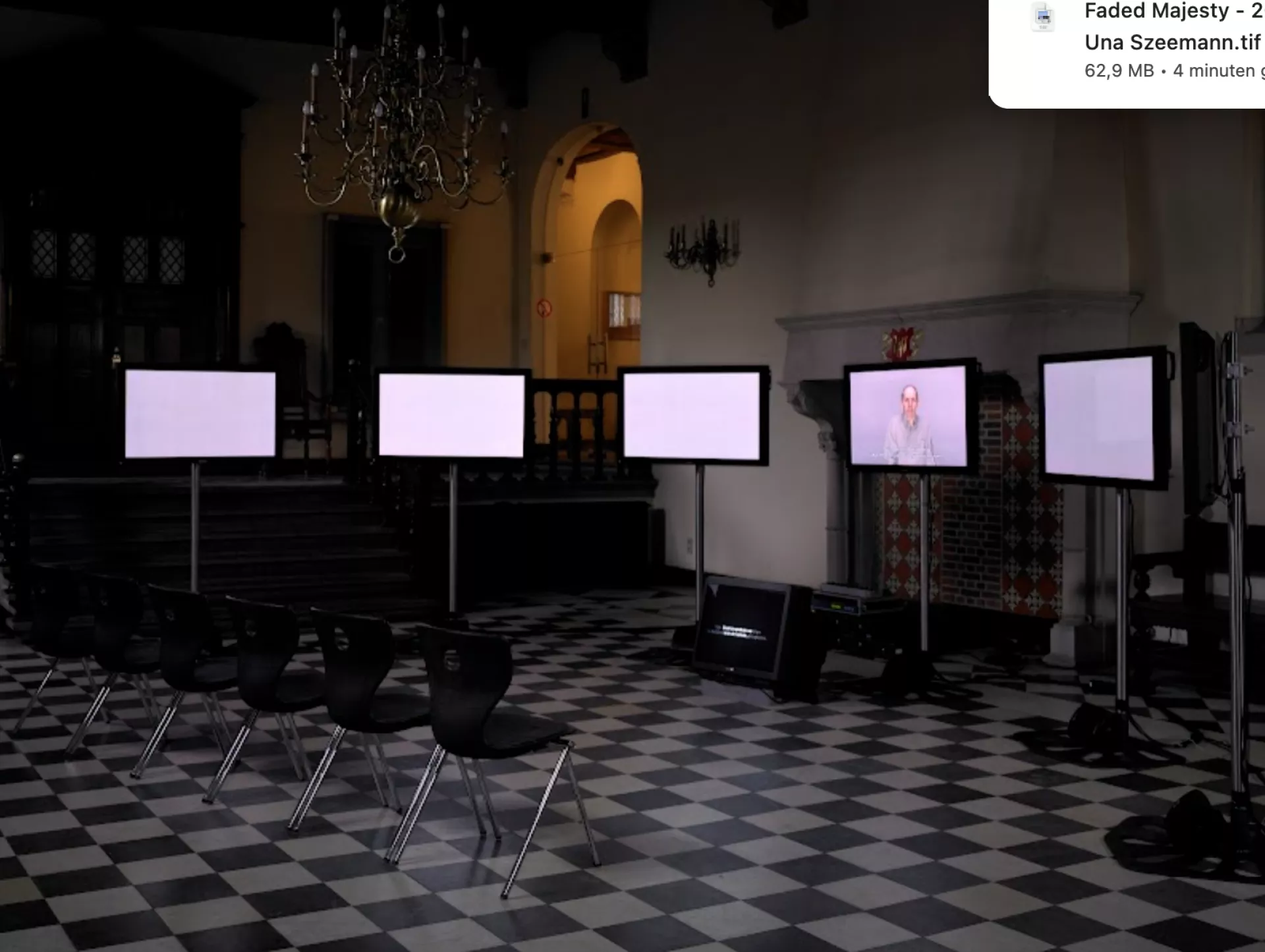
THE HOUSE OF THE MALINOIS
Neil Cummings and Marysia Lewandowska explore the relationship between art and its social, economic, and political contexts. Their research-driven practice often involves collaboration with various institutions, including banks and museums, to investigate issues like reciprocity, ownership, and exchange. For Contour 2007, they created Parade (2006-07), a project based on their research into Mechelen's amateur filmmaking clubs. The work features films about local parades, including the Hanswijk procession, shown on info-screens in the city's administration building, offering a new way for the public to engage with these cultural histories.
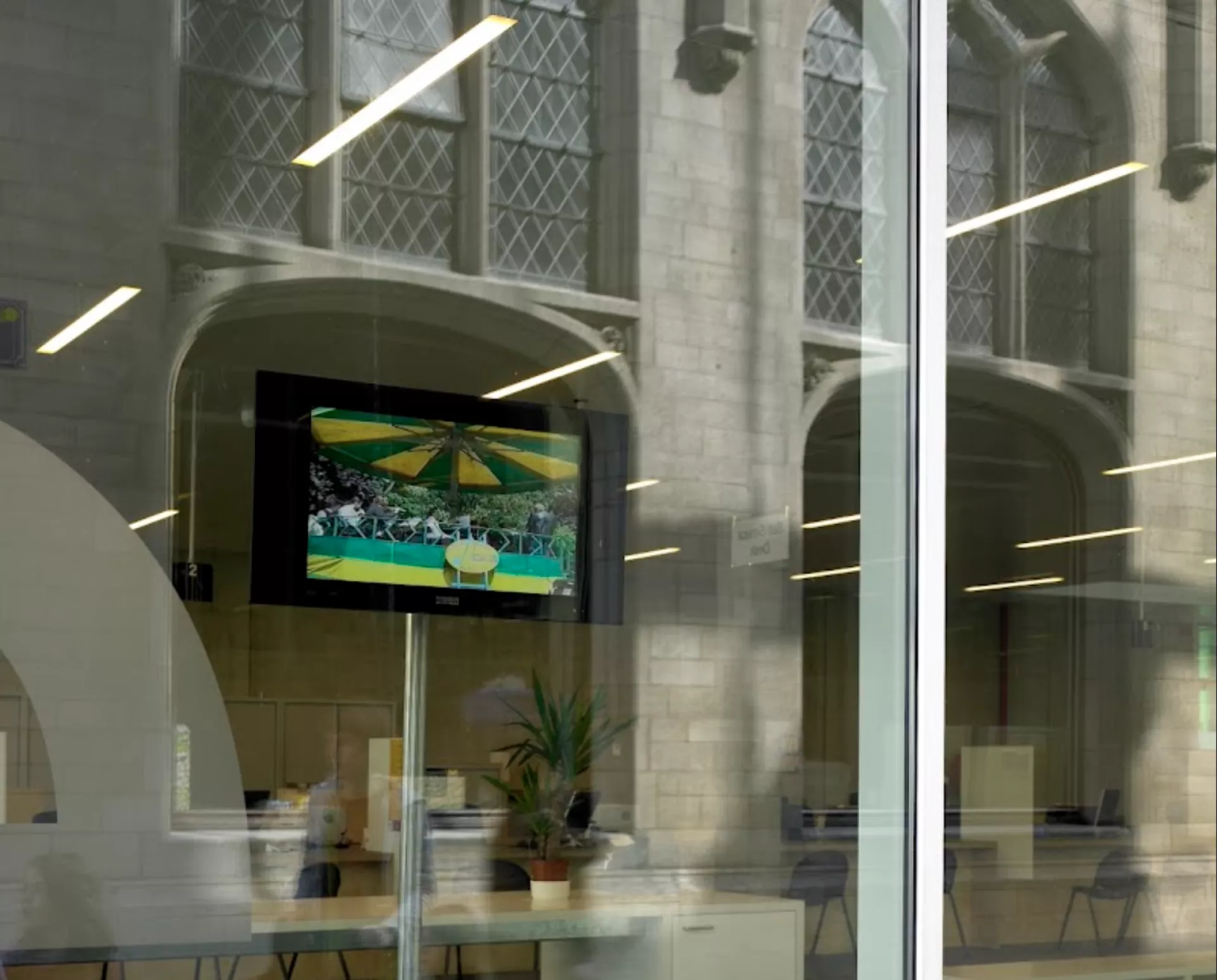
HOF VAN PALERMO
Rosalind Nashashibi's work explores subtle interactions and rituals among people, often using video and 16mm film to transform mundane situations into narratives that blur reality and fiction. Her Bachelor Machines Part 2 (2007) examines the relationship between machines and men, exploring masculinity and emasculation. The piece features two projections: one of artist Thomas Bayrle and his wife, and another presenting altered images from Nashashibi's past works. Bayrle’s apocalyptic commentary on Western society plays over the visuals, linking the rhetoric of the church to a machine that both liberates and punishes.
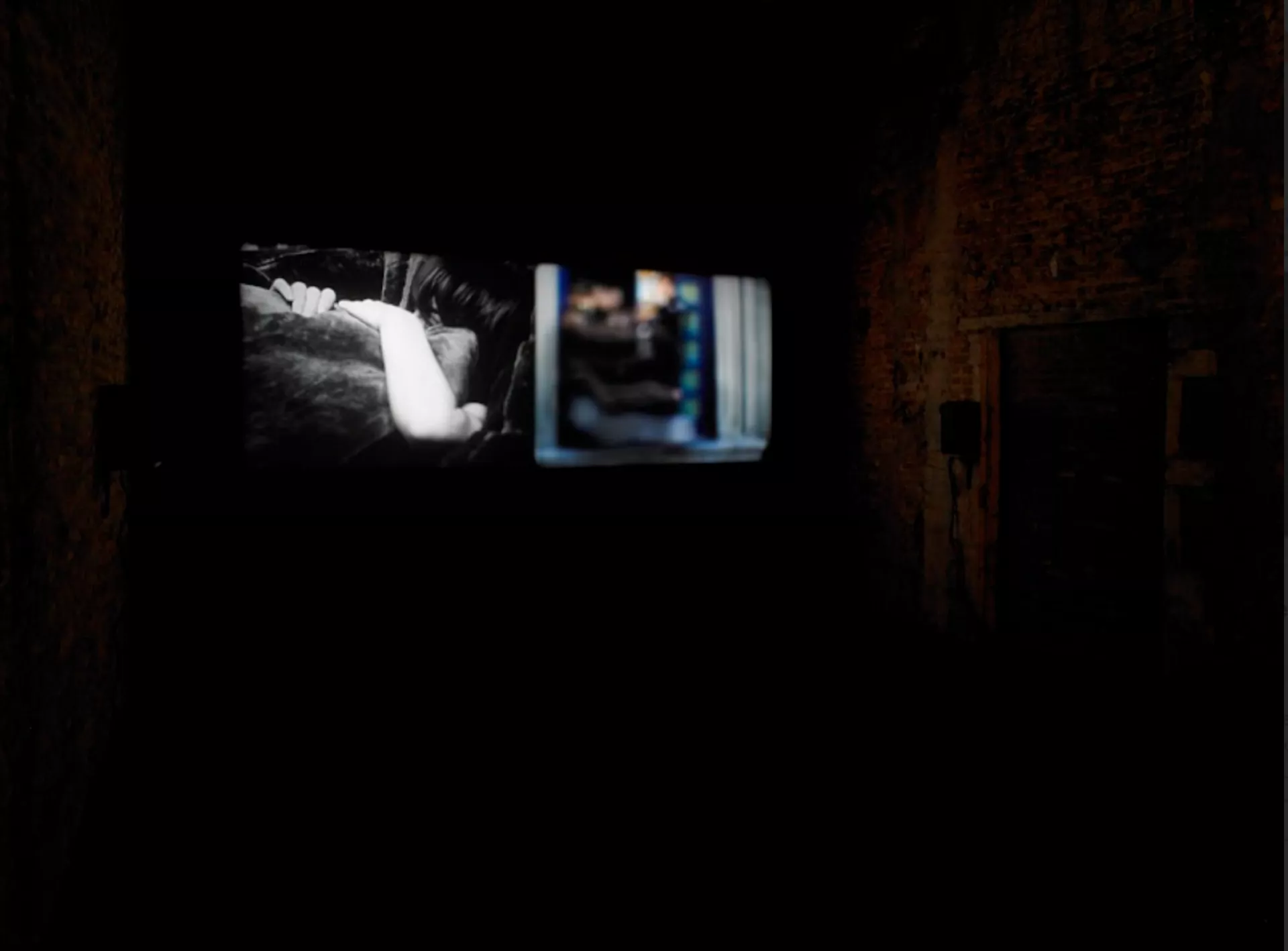
OLD MEAT MARKET
Carsten Höller’s work focuses on human interaction with surroundings, offering immersive experiences that explore our physiological and psychological relationship with perception. His installation Flicker Film (2005) features three synchronized videos of a Congolese band's live performance, shot from different angles. By removing frames and replacing them with black sequences, the films create an optical effect based on the Phi Phenomenon, discovered by Max Wertheimer. This causes the dancer or musician to appear as if leaping between projections, inviting viewers to anticipate the next movement in an engaging, perceptually challenging way.
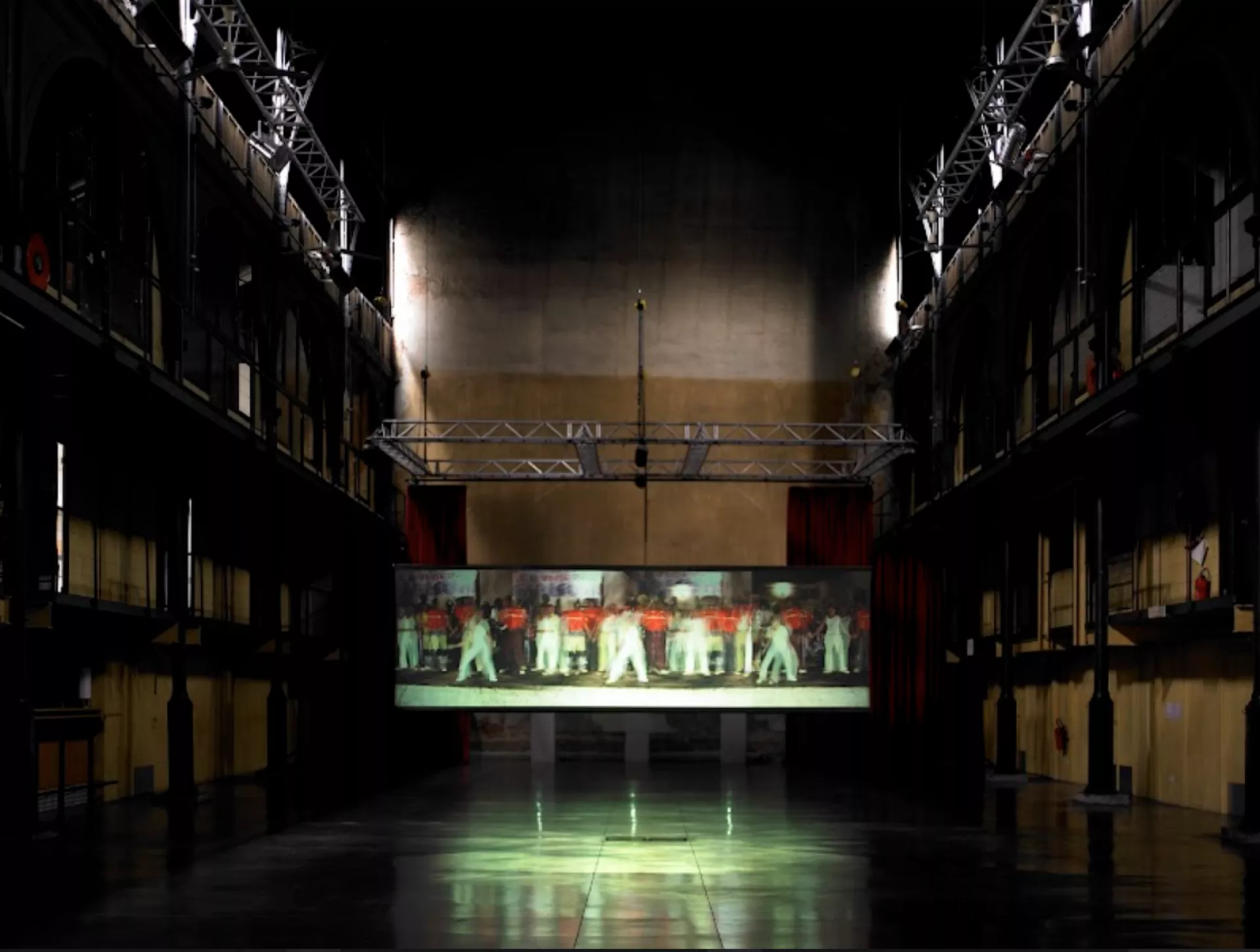
FORMER GARDEN SHOP SOMERS
Sarah Vanagt's films blend history with film, exploring themes such as Rwanda's colonial past and genocide's legacy. Her documentaries, often focusing on children, offer insights into how they grasp history, death, and trauma. In her installation Ash Tree (2007), inspired by Mary Shelley’s biography and the Hardy Tree, Vanagt examines a child's first encounter with the alphabet and language, framed by a gravestone encounter. The non-linear video installation raises questions about the lens's role in memorializing history.
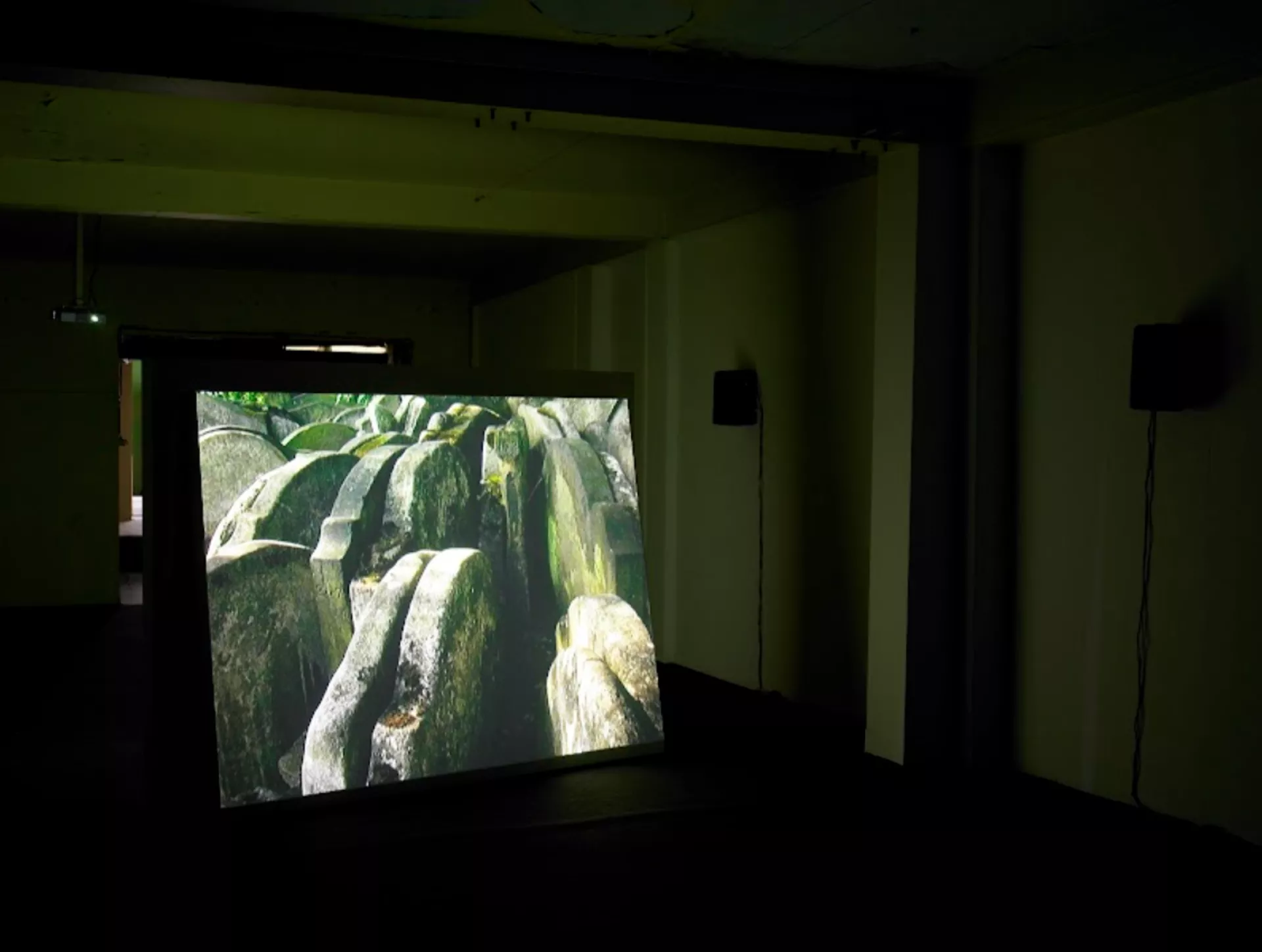
FORMER MATCH SUPERMARKET
Gert Robijns' work explores principles of perception and intuition through playful, site-specific interventions combining sculpture, sound, and moving images. His projects often create disorienting spatial encounters, scattering our senses. For All For One, One for All (2007), Robijns presents a mini retrospective of his existing works within a specially designed architectural space. By re-contextualizing elements from his previous projects, the work forms new associations and interpretations, offering a multi-layered perspective on his creative process and his ongoing exploration of perception and artistic production.
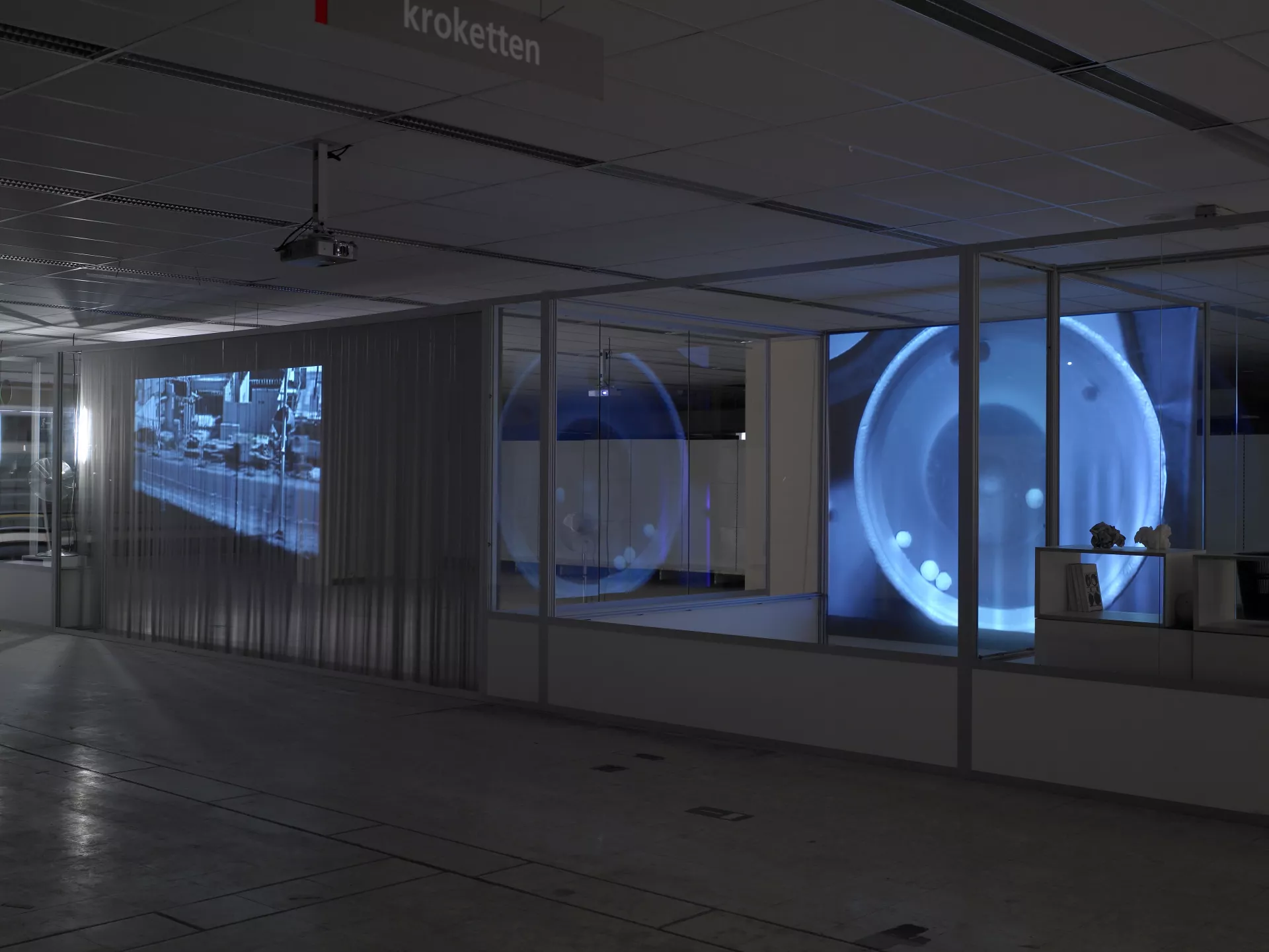
PARTNERS
Flemish Government, Europa - Culture 2000, CAC, OK Centrum, Videoformes, EMAF, British Council, Iaspis, Duvel, Willemen Group, NMBS / SNCB, Klara, Knack Focus, Steps City Magazine.
